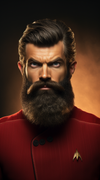"Mirror, Mirror" and Sci-Fi’s Evil Twin Legacy
"Mirror, Mirror" gave science fiction a lasting narrative tool by dramatizing moral inversion through character doubles, turning one "Star Trek" episode into a foundational genre trope.
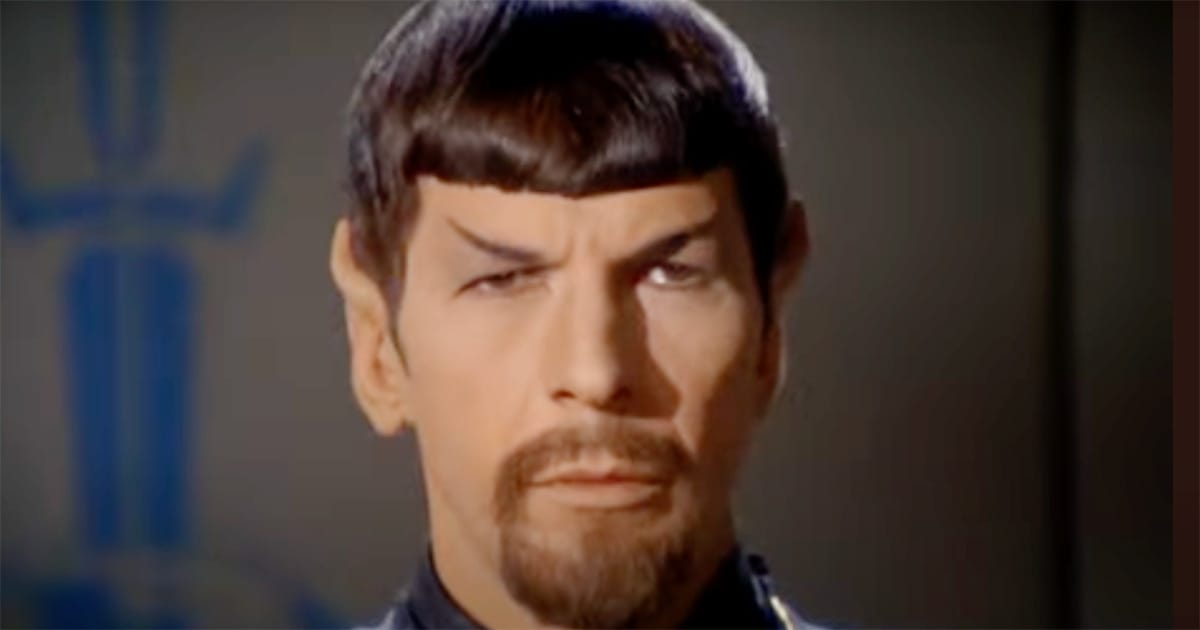
When "Mirror, Mirror" aired in 1967 as part of the second season of "Star Trek," it introduced more than a curious detour through a parallel dimension. It revealed a dark reflection of the known universe, where the noble Federation had been replaced by the ruthless Terran Empire.
In this new world, power was maintained through violence, and even familiar characters like Spock were altered—his signature logic intact but now paired with a goatee and a readiness to use force. The sight of that goatee became a symbol for something larger, a shorthand for the idea that the same man could become something entirely different in another world.
The episode struck a nerve because it showed what happens when the same people live under different values. It was not the first story to consider alternate realities, but it was the first to dramatize the concept through direct moral opposites. The structure was clear and immediate. The viewer did not need a guidebook to understand who was who or what had changed.
"Mirror, Mirror" offered a bold premise told with clarity and force. It distilled the mirror universe into something both accessible and compelling. With this episode, science fiction television discovered a new way to test its characters. And audiences never forgot it.
Earlier Echoes
The concept of parallel worlds did not begin with "Mirror, Mirror." Writers had been exploring the concept of alternate timelines and variant Earths for decades. What changed in 1967 was the sharpness and simplicity with which "Star Trek" presented the idea. Before that, the concept remained largely in the realm of thought experiments, often cloaked in complex premises or broad historical divergences.
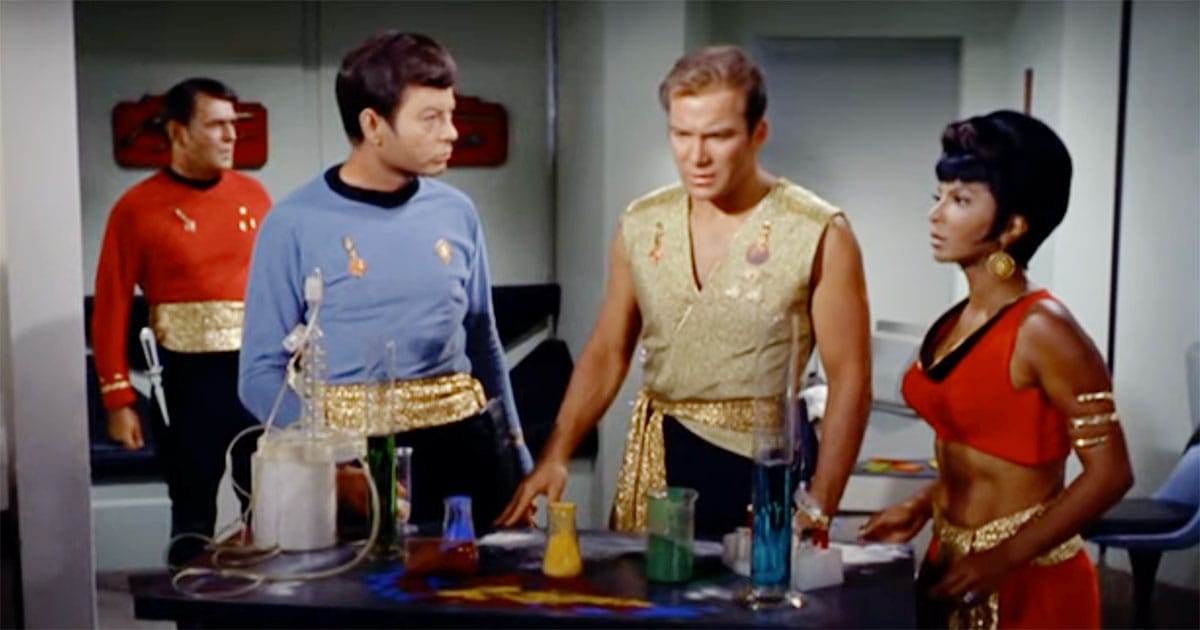
Murray Leinster's "Sidewise in Time," published in 1934, offered one of the earliest serious treatments of the concept. In it, pieces of Earth from different timelines overlap, throwing characters into bizarre juxtapositions. The story was inventive, but it made no effort to mirror specific individuals. H. Beam Piper's "Paratime" series introduced readers to a civilization that could shift across parallel realities, carefully hiding its presence from less advanced Earths. These stories focused on exploration and control, not character reversal. Philip K. Dick's "The Man in the High Castle," published in 1962, imagined a world where the Axis powers had won World War II. It was an unsettling narrative of cultural distortion and subjugation.
These tales established the idea of alternate outcomes but did not center on personal transformation. "Mirror, Mirror" added that missing element. It asked what happens when different rules shape the same man. That shift—from abstract speculation to moral confrontation—turned theory into drama. And in doing so, it reshaped the trope.
What "Mirror, Mirror" Did Differently
"Mirror, Mirror" changed the way television science fiction approached the idea of alternate worlds. The episode did not rely on scientific jargon or speculative theory. It simply showed a Federation gone wrong, where power ruled and mercy was a liability. The audience needed no explanation beyond the visuals and the actions of the characters.
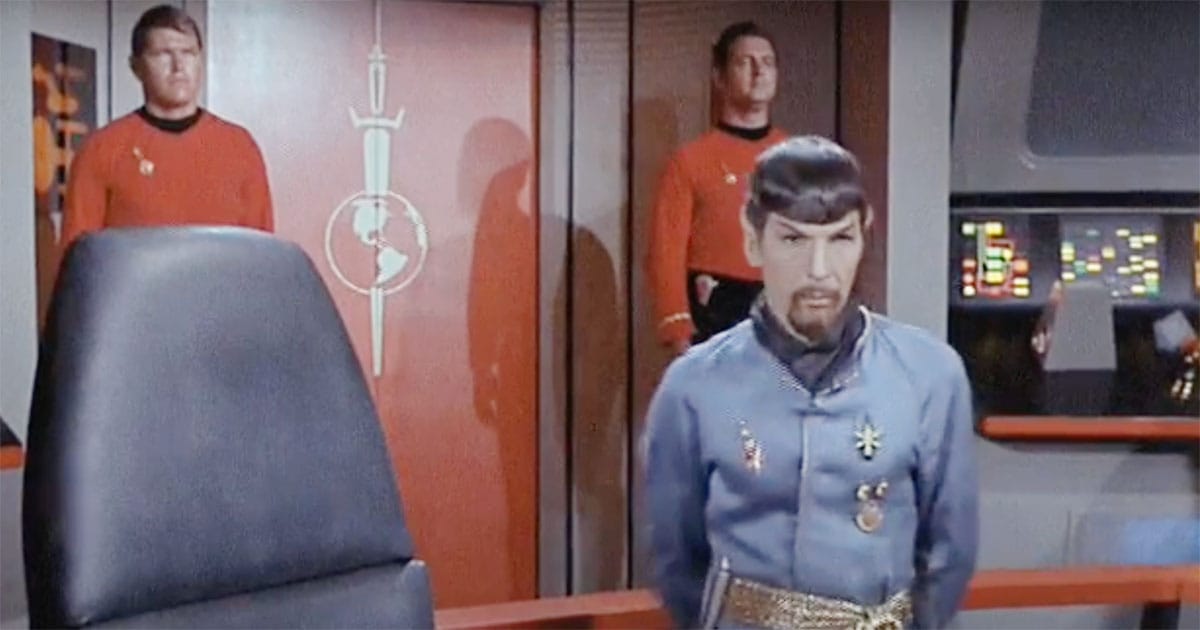
This clarity made it unique. The crew of the Enterprise had the same names and faces, but everything else had shifted. Officers were promoted by assassination. Orders were followed out of fear rather than respect. The story became a reflection of the original universe, distorted through force and ambition.
Previous works in science fiction explored alternate timelines and what-if scenarios. But they focused on setting or politics, not character inversion. "Mirror, Mirror" created a direct confrontation between identity and environment. It forced the viewer to ask whether morality is chosen or conditioned.
The most memorable sign of this inversion was Spock's goatee. That single detail communicated a darker world without a word of dialogue. It became a visual shorthand used again and again in science fiction, both seriously and in parody.
By giving audiences a vivid and personal look at moral contrast, "Mirror, Mirror" created more than an episode. It introduced a dramatic device that would be used for decades. The mirror universe became part of science fiction's core vocabulary.
Aftershocks Across the Galaxy
Following the success of "Mirror, Mirror," the mirror universe did not vanish into television history. It became a recurring feature in later "Star Trek" series, each time adding new layers to the original concept. "Deep Space Nine" returned to the mirror universe five times. These episodes examined how the absence of Captain Kirk's influence had allowed the Terran Empire to fall. Humanity was now enslaved. The rebels fighting back included mirror versions of familiar characters, reshaped by desperation and war.
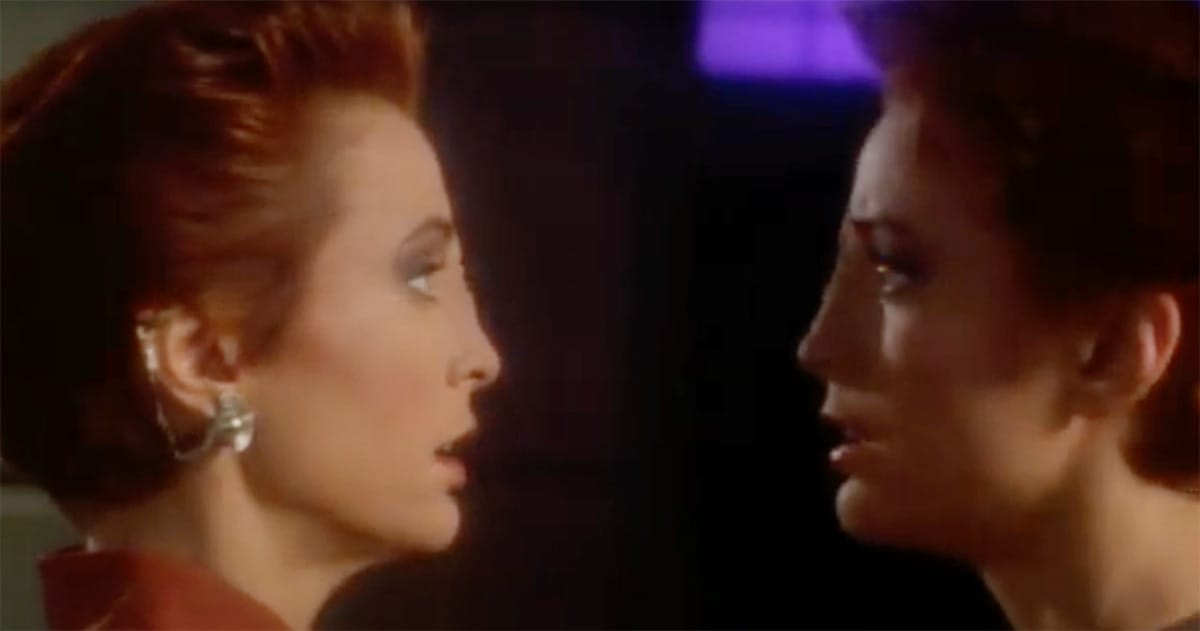
"Enterprise" offered a two-part story set entirely within the mirror universe. There was no crossover from the prime timeline. Instead, the narrative explored the internal dynamics of the Terran Empire in its earlier years. The episode even brought in the USS Defiant from "The Tholian Web," a ship lost in one universe and found in another. The result was a prequel with an entirely different tone and outcome.
More recently, "Star Trek: Discovery" revisited the idea. Its first season revealed that a key character was from the mirror universe all along. The storyline used the setting to explore themes of identity, loyalty, and leadership under pressure.
The idea spread beyond "Star Trek." Shows like "Fringe," "Buffy the Vampire Slayer," and even "South Park" used mirror counterparts to explore character and humor. The evil twin, the dark timeline, the inverted world—these became familiar territory. And nearly all of them traced their roots back to "Mirror, Mirror." What began as a single episode grew into one of science fiction's most enduring tools.
Reflections That Last
"Mirror, Mirror" did not invent alternate worlds, but it did something more lasting. It gave the idea a shape that was both personal and dramatic. Instead of presenting another timeline with abstract differences, it gave viewers a chance to see familiar characters under the weight of different values. That shift turned theory into tension. It made the concept real.
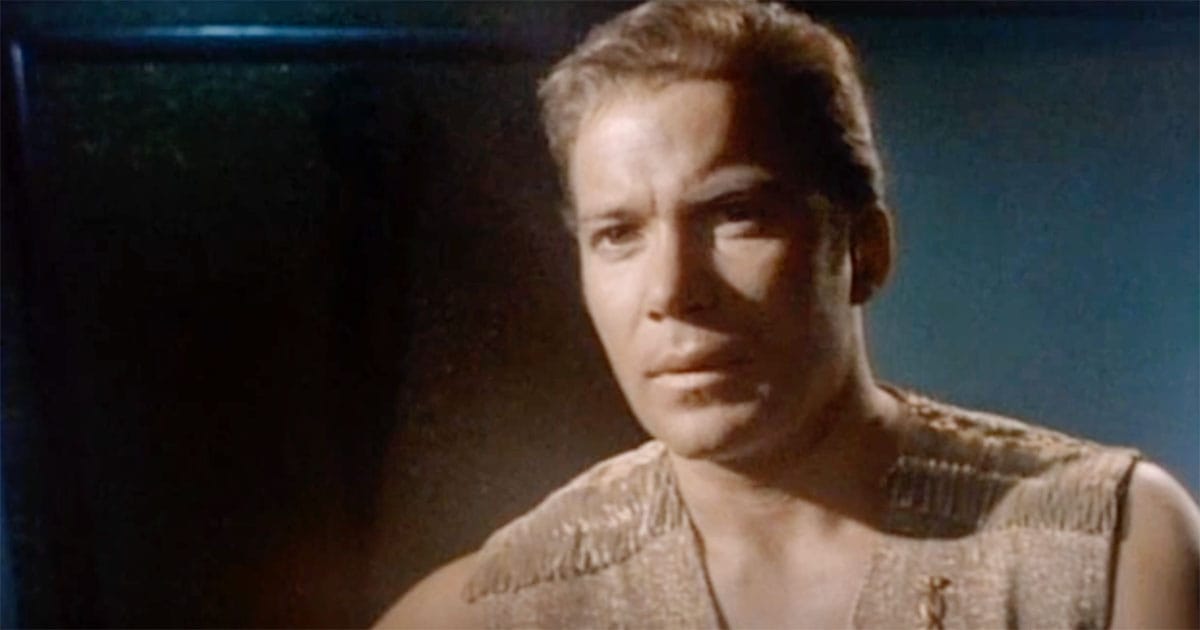
The mirror universe became a place where science fiction could examine character without changing the cast. It offered a clean and striking way to test principles. A man's choices, when shaped by cruelty instead of honor, could create a version of him that was unrecognizable.
Over time, the trope evolved. It was parodied, expanded, and at times overused. Still, it never lost its impact. "Mirror, Mirror" gave science fiction a tool for asking difficult questions in a simple way. And more than fifty years later, its reflection is still with us.

